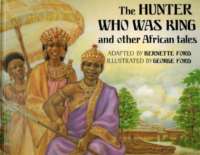
Three African folktales are presented in pop-up format.

Three African folktales are presented in pop-up format.
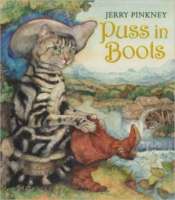
A clever cat wins for his master a fortune and the hand of a princess.
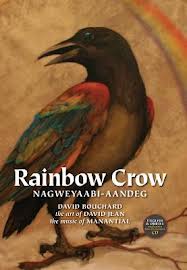
Before two-leggeds walked on Mother Earth there was a great cold. The animals formed a council; someone had to seek help from the Creator. Rainbow Crow, a most colorful bird, was selected because he had a beautiful voice that would surely impress the Creator. He flew into the heavens and won fire from above. But on the way back the fire began to burn his plumage black and destroy his beautiful voice. But Rainbow Crow persevered, bringing the life-saving fire safely back to his friends.
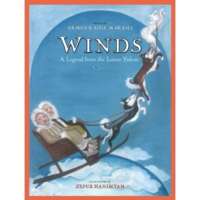
Long ago, when the Earth was young, there were no winds at all. In that time lived a couple who, more than anything else, longed for a child. A moon spirit driving a mysterious flying dogsled took pity upon the grieving wife. He showed the woman a strange tree and told her to make a doll from the trunk of the tree. The husband and wife followed the spirit’s commands – and were rewarded when the doll turned into a bright/eyed, smiling little boy. But to their amazement, their doll/child was not content to stay at home. Instead, he traveled off on a great adventure that brought good fortune to everyone in the world. A lovely story based on a legend from the Lower Yukon section of Alaska, originally collected by Edward William Nelson and published in a 500 page report titled “Eskimo About the Bering Strait”.
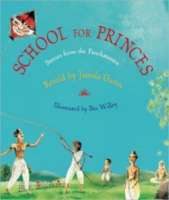
How can a king knock some sense into his silly sons so that they grow up sensible young men? A wise man tells the king that he can do the job in six weeks. Every time one of the boys says or does something rash, the sage will put him back on the straight and narrow by telling him a cautionary tale – the story of a proud hare, or perhaps an owl, or a crow… This collection of fables, known as the Panchatantra and familiar all over Asia, were first told, then written down in Sanskrit over 2,000 years ago. Jamila Gavin brings them alove for modern readers by telling the story of the wise man and the young princes as original stories framing the classic animal fables. The result is a powerful and unique vision of this classic Indian work.
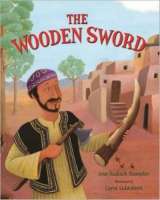
Disguised in servant’s clothes, an Afghani shah slips out of his palace to learn more about his people. When he encounters a poor Jewish shoemaker full of faith that everything will turn out just as it should, the shah grows curious. Vowing that no harm will befall the poor man, he decides to test that faith, only to find that the shoemaker’s cheerful optimism cannot be shaken. But the biggest challenge of the poor man’s life is yet to come!
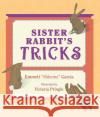
Sister Rabbit enjoys visiting her friends and relatives in the forest. She also enjoys playing tricks on the other animals, and sometimes Rabbit’s tricks get her into trouble.
Inspired by the many rabbit stories from the pueblos of New Mexico, this story of Sister Rabbit and her antics shows us a trickster animal, wily and lovable, who can fool her friends but needs to learn some lessons about how to get along in life.
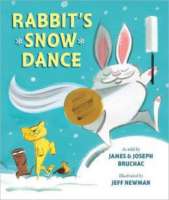
A hip and hilarious fable perfect for wintertime
Rabbit loves the winter. He knows a dance, using a traditional Iroquois drum and song, to make it snow–even in springtime! The other animals of the forest don’t want early snow, but Rabbit doesn’t listen to them. Instead, he sings and dances until more and more snow falls. But how much snow is too much, and will Rabbit know when to stop?
This stylish and oh-so-funny story is a modern take on a traditional Native American fable from master storytellers Joseph and James Bruchac.
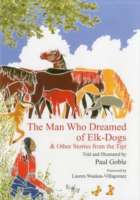
The story of how horses first appeared to the tribes of the American Plains. In his final collection of “stories from the tipi,” Goble features a collection of 23 traditional stories from the Blackfoot, Lakota, Assiniboin, Pawnee, and Cheyenne nations. This book features a foreword by Lauren “Candy” Waukau-Villagomez, an educator and author of works on the oral traditions and storytelling of the North American tribes.
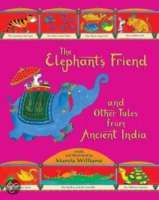
Draws eight stories from well-known collections of Indian folktales–Hitopadesha tales, Jataka tales, and Panchantra tales–and presents them with cartoon-like illustrations.